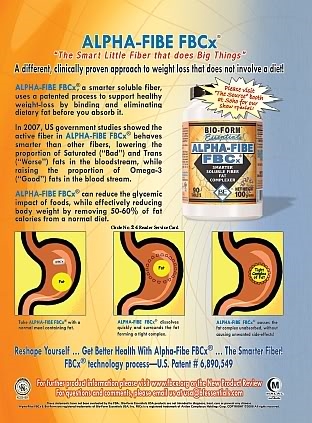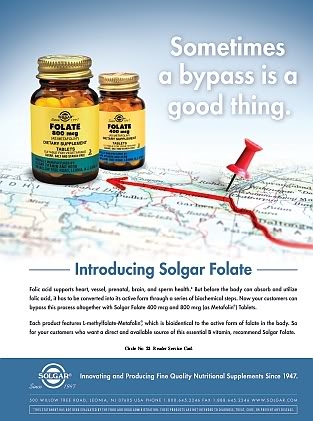Diaper Dilemmas
Conventional disposable diapers are filling landfills, and have serious health risks as well. These diapers often claim to keep a baby drier, but in turn, parents might end up delaying a diaper change, leaving the baby’s skin in contact with moisture and bacteria within the diaper, leading to irritation or infection. More importantly, the toxic chemicals within many diapers pose dangers. Some of the most common are:
• Dioxin is a hormone-disrupting chemical that can be found in diapers as a by-product of the bleaching process (1).
• Sodium polyacrylate, the substance that was banned in 1985 from tampon production for its association with Toxic Shock Syndrome (TSS), is used in most diapers—conventional or otherwise. However, evidence has shown no risk of TSS with external use (2).
• Ink used to stamp diapers might seep out and become toxic.
• Fragrances can be irritating to the baby’s respiratory system and to the skin.
Luckily, parents don’t have to choose between convenience and safety anymore. Reusable cloth diapers are one way to help the environment and your baby’s health. In addition, chlorine-free, unscented disposable diapers and wipes are available in many natural products stores. Some of these products can even be flushed right down the toilet! No mess, no guilt about landfills and they are very convenient.
they are very convenient.
Once you’ve found the right kind of diaper, some personal care items might be necessary. Natural baby powders made with French white clay, arrowroot, and perhaps slippery elm and aloe can be used to smooth the baby’s skin and help diaper rash. Also, herbal salves that may contain chamomile, comfrey, aloe, burdock and/or calendula can be used to soothe irritation or the baby’s skin can be swabbed with baking soda and water on cotton balls, or even with plain yogurt. Acidophilus supplements formulated for infants can also help clear up diaper rash (3).
Bathtime and Bedtime
Some of what’s applied to skin can be absorbed into the body—and this is especially true for babies. Sue Frederick, author of A Mother’s Guide to Raising Healthy Children—Naturally, says, “never put a lotion, cream or soap on your child that you wouldn’t want her to put in her mouth (3),” especially if it is an item that is used almost daily like shampoo, body wash or lotion. Some ingredients to avoid in your baby’s personal care products are parabens, artificial ingredients, GMOs, fragrance, propylene glycol, phthalates, sulfates, nuts and animal products. Babies often have very sensitive skin that breaks out in rash, eczema, dermatitis or psoriasis, so be careful about choosing their clothes, blankets, other bedding, towels and washcloths, by eliminating nylon, suede, wool or synthetic fibers. A cup of apple cider vinegar in the final cycle of the wash may help neutralize irritants (3).
To care for a baby’s new teeth, there are all-natural tooth gels, sprays and pacifiers available that contain xylitol, an all-natural sweet substance which has been proven to prevent tooth decay and reduce bacteria, possibly even reducing ear infections.
Bottles, Binkies and…BPA?
BPA, or bisphenol-A, is a chemical used to make polycarbonate plastic products ranging from household items to toys to medical devices. Research is now showing that BPA might pose certain health risks because BPA can leach into foods and liquids when plastic containers are heated. The Canadian government has deemed BPA a “toxic chemical” and banned it from use in baby bottles (4), while the National Institute of Health has expressed “‘some concern’ for effects on the brain, behavior and prostate gland in fetuses, infants and children at current human exposures to BPA” (5). Canadian Minister of Health Tony Clement has stated, “It’s pretty clear that the highest risk is for newborns and young infants” (6).
Baby items that may contain the questionable chemical include: baby bottles and nipples, formula bottles, binkies and toys, pacifiers, breastfeeding supplies, bathing tubs, teething rings, cups and utensils. Studies about BPA have yielded varied results so far, but parents might be wise to avoid using these products, especially with other options readily available. Here are some tips (5) to help avoid exposure:
• Don’t microwave polycarbonate plastics or put them in the dishwasher.
• Avoid plastic containers with #7 on the bottom.
• Use glass, steel or porcelain containers for hot foods and liquids.
• Choose baby products specifically labeled as BPA-free. WF
References
1. American Women’s Club Hamburg, “Hidden Dangers of Disposable
Diapers,” Nov. 2000, www.awchamburg.org, accessed November 1, 2008.
2. E. Batista, “The Poop on Eco-Friendly Diapers,” April, 2004. www.wired.com, accessed November 1, 2008.
3. S. Frederick, A Mother’s Guide to Raising Healthy Children—Naturally (Keats Publishing, Los Angeles, CA, 1999).
4. “Common Plastics Chemical Linked to Human Diseases,” Reuters. Sept. 16, 2008.
5. National Institute of Health, “BPA Factsheet,”www.niehs.nih.gov/health/docs/bpa-factsheet.pdf, accessed November 1, 2008.
6. L. Layton and C. Lee, “Canada Bans BPA from Baby Bottles,” Washington Post, April 19, 2008.
Published in WholeFoods Magazine, December 2008










